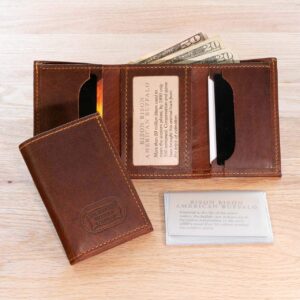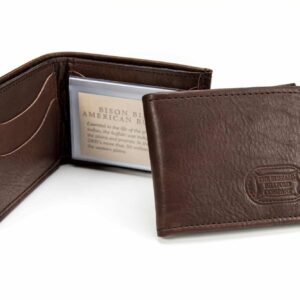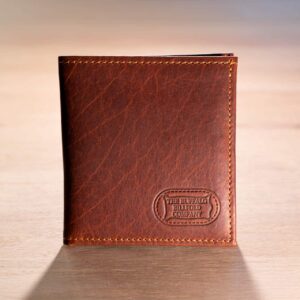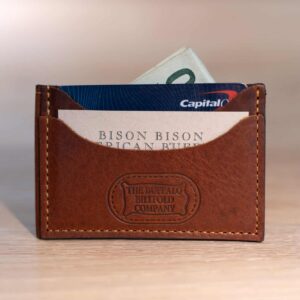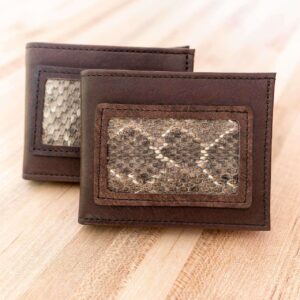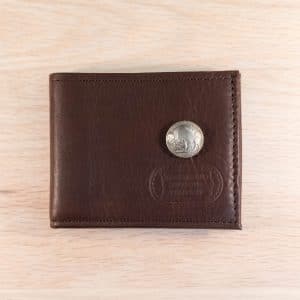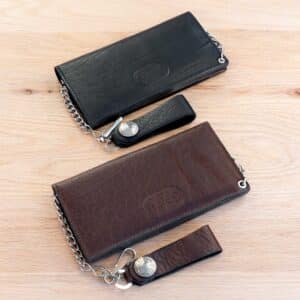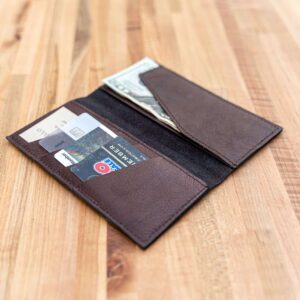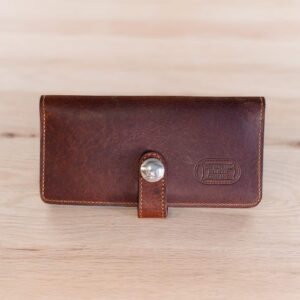Bison Weigh a Ton
Scientists believe bison migrated to North America after crossing the land bridge that temporarily connected North America to Northern Asia thousands of years ago. They have been living here ever since. The American Bison was named as the United State’s national mammal in 2016. It’s also called the American Buffalo, which is different than other types of Buffalo. It is in fact the largest and longest mammal in North America, as only the moose is taller. Males, or bulls, can weigh up 2,000 lbs, stand 6 feet tall, and are 9.5-11.5 feet long. The females, or cows, grow to smaller sizes. They reach about 1,000 lbs and stand 4-5 feet high. Both male and female bison have large horns that curve upwards, although a female’s horns are more slender.
Baby Buffalo
Females begin breeding at 2 years old, and bulls prime breeding age is 6-10 years. Baby bison, or calves, weigh 30-70 lbs when they are born in the spring. Unlike their dark brown parents, calves are born orange-red in color. They are often called “red-dogs.” As a baby buffalo calf grows up, its fur turns brown and it grows a hump and horns. Rarely, a white bison is born. The white buffalo has special religious significance to many Native American tribes. These animals live about 10-20 years, although a few have been known to reach 40 years of age!
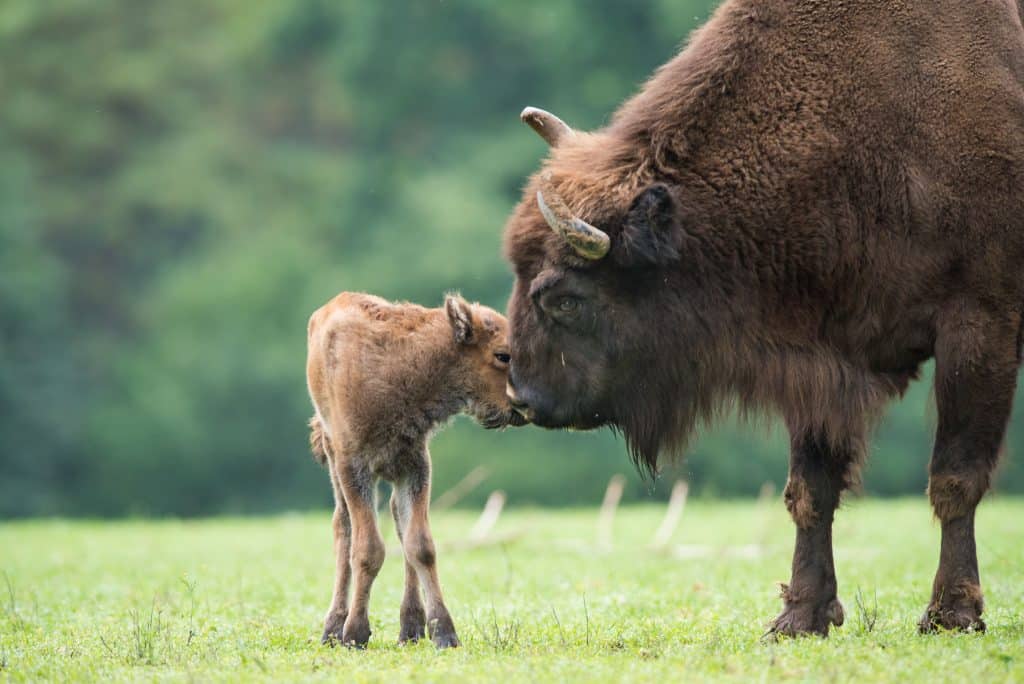
Bison Bands
American bison herds, or bands, change throughout the year. During the winter months, they consist of about 20-30 individuals. Bands are matriarchal societies. They are led by the females and are made up of several generations of her offspring. Males live on the periphery of these groups, sometimes go-it-alone, or form small groups of their own. Bulls can be seen head butting to establish dominance in August. During the mating season, several bands will combine to form a temporary, larger herd. These large herds last only for a short while in the summer.
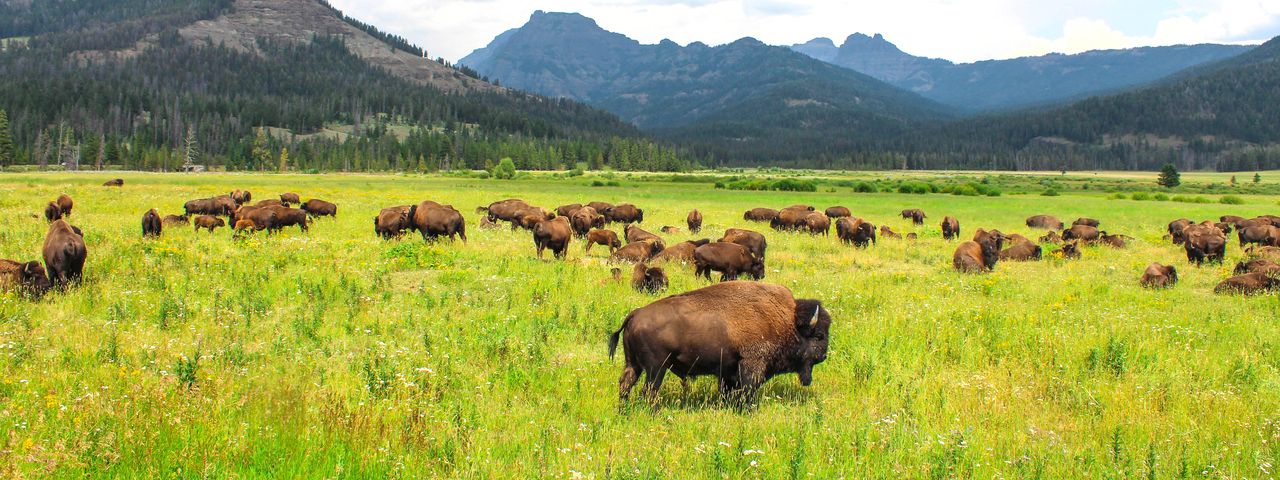
Bison are Built Tough
Bison have thick winter coats that shed in large clumps in the spring. These animals are tough! Instead of running or walking away from snow or thunderstorms like cattle, buffalo turn to face the storm. They sometimes run into it, so they can get to better weather faster! What do bison eat? Bison are grazing animals, and spend 9 -11 hours a day eating grass. They can consume more than 30 pounds of grass (air-dry weight) in a day. In the winter, they use the strong muscles in their hump to swing their head back and forth. This bulldozer effect clears away the snow so they can graze on the grass underneath.
Sight, Smell and Wallowing
While they have poor eyesight, a bison can hear and smell extremely well. They make pig-like grunts to communicate, and bulls can bellow across long distances during mating season. In addition to grazing and roaming, bison like to wallow in the dirt. This helps them shed their winter coat and discourages flies from biting. Bulls sometimes roll in the dirt to spread their scent during mating season. The low spots that wallowing creates in the terrain sometimes become small ponds, collecting moisture for plants and other animals. Bison shape the land and are shaped by it.
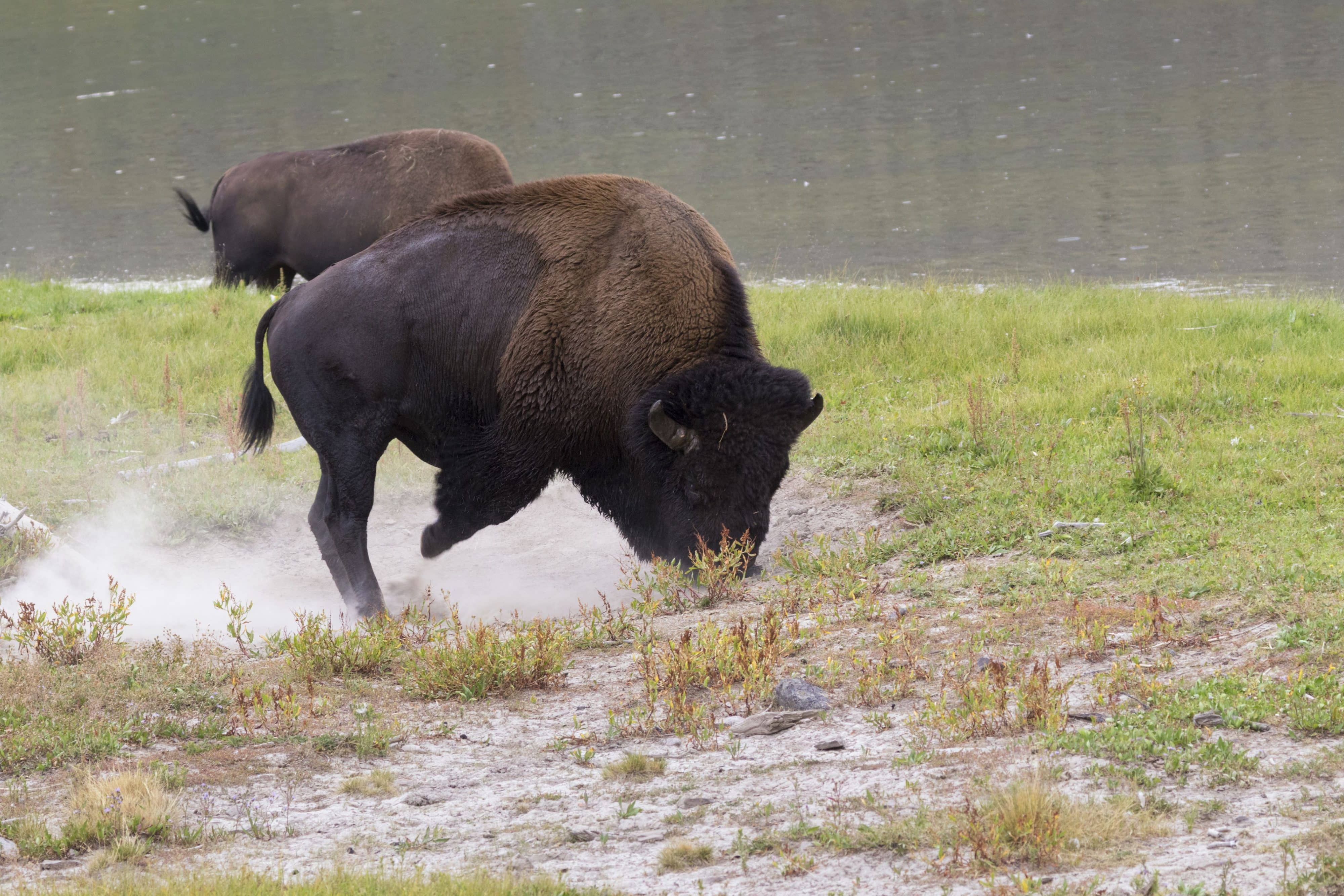
Beware of the Bison
Bison are quick and agile. So how fast can a Bison run? They can run at speeds up to 35 mph and can spin around quickly. Fencing one in is no easy task! They can jump up to 6 feet vertically and 7 feet horizontally. And they are strong swimmers too! A “bisonguard” needs to be twice the size of a “cattleguard.” A Bison’s tail can also tell you what they are thinking. A bison with their tail held straight up in the air is agitated and could charge at any moment. A relaxed, swishing tail means they are calm, less agitated, but could still could charge at any moment. These are wild and unpredictable animals that should be treated with respect. So never approach one! Bison cause three times more injuries to humans in Yellowstone National Park than bears do.

